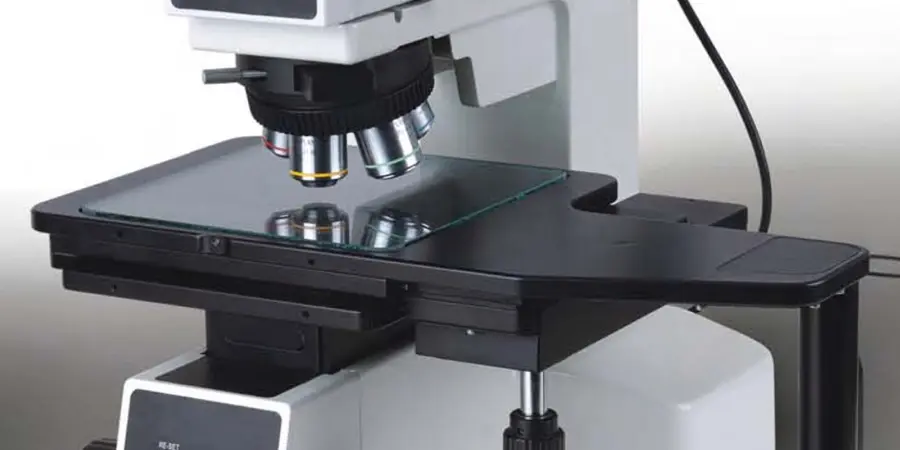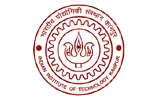
01 Nov 2025
Why Developing Countries Are Becoming Hotspots for Metallurgical Microscopy
Once, the big players in materials science came from places like Germany or the US. Labs there set the pace for checking metals at a tiny level. Now, think about this: countries in Africa or South America are jumping in fast. They build their own setups for metallurgical microscopy. This tool lets experts look close at metal structures. It helps spot flaws or strengths in everything from ore to finished parts. You see it in mining, factories, and power plants.
Why the change? It's a mix of rich underground treasures, smart money moves, and new tech. These spots draw investment for advanced materials analysis. Places like Quasmo see the chance to set up labs there. This shift boosts growth in developing countries' materials science. It turns raw dirt into key goods for the world.
The Resource Imperative: Untapped Mineral Wealth Driving Demand
Rich deposits pull in big money for mining. Developing nations hold tons of metals we need. Gold, copper, even rare stuff like lithium. Without good checks, you waste time and cash digging wrong spots. Metallurgical microscopy fixes that. It shows what's really in the ground.
Exploration and Characterization of Novel Ore Bodies
Teams scout new areas that were off-limits before. Roads and laws open them up. You need microscopes to study rock samples. They reveal ore quality right away. Is it high-grade? Does it mix well for pulling out metal? This step saves millions before heavy machines roll in.
Take a mine in Peru. Experts use digital scopes to map mineral phases. They spot tiny crystals that tell the full story. Without this, companies guess and lose. Now, local firms train workers to do it on-site. It speeds up finds and cuts risks.
Downstream Processing Optimization in Primary Industries
After digging, the real work starts. Smelters heat ore to pull metals. Refineries clean it up. Microscopy checks if the heat did its job. You see impurities hiding in the mix. Or phases that won't hold steady. This info tweaks the process for better output.
Factories in Indonesia do this for nickel. They use scopes to watch how acids break down rock. It stops waste and boosts yield. Simple tweaks from these views save fuel and time. You end up with purer metal for batteries or wires.
Case Study Focus: Critical Minerals in Sub-Saharan Africa or South America
Look at the Congo in Africa. It has cobalt for phone batteries. Drones find deposits, but scopes confirm value. Labs there test samples for grade and safety. This draws firms from China and Europe. They build plants nearby.
In Chile, lithium rules the scene. Salt flats yield the white gold for electric cars. Micro analysis spots pure veins amid junk. A project there cut processing time by half. Now, exports boom. These spots become metallurgical microscopy hotspots for good reason.
Economic Drivers: Cost Competitiveness and Skill Development
Money talks in this field. Developing countries offer deals that beat old markets. Rent is cheap. Power costs less. You set up a lab without breaking the bank. Plus, workers learn quick. It all adds up to smart growth in materials analysis.
Lower Operational Overhead for High-Tech Laboratories
In the US, a lab eats cash on space and staff. Bills stack up fast. Flip to India or Brazil. You pay half for the same setup. Quasmo spots this edge. They open branches there with low start costs.
Utilities run cheap too. No big spikes in electric rates. Labor? Entry-level techs cost a fraction. You train them on microscopes without huge salaries. This lets small firms compete big.
Government Incentives and Foreign Direct Investment (FDI)
Leaders want jobs. They offer tax cuts for tech labs. Build in a zone, skip fees for years. FDI pours in. China funds African mines with analysis tools. It's a win for all.
In Vietnam, rules favor high-tech imports. You get breaks on gear like scopes. This pulls companies to stay local. Growth in developing countries' materials science follows.
Developing Local Talent Pipelines
Schools step up with new classes. You study metals and scopes from day one. Grads fill lab spots fast. No waiting like in full markets.
A university in Mexico partners with firms. Students use real tools. They learn phase ID quick. Cost? Way under Western schools. This builds a steady flow of experts.
Infrastructure Modernization and Industry 4.0 Adoption
Roads and grids improve. Factories add smart tech. No more old ways. These countries skip steps. They grab digital tools first. It fits metallurgical microscopy perfect. You analyze faster and share data easy.
Leapfrogging Legacy Equipment and Adopting Digital Microscopy
Old labs cling to film scopes. Not here. New spots buy LED and auto-focus gear. Images pop up on screens. No dark rooms needed.
You link it to computers. Data flies to teams worldwide. In Kenya, a mine skips basics. They use apps for real-time views. It cuts errors and speeds fixes.
Integration of Microscopy with Quality Control (QC) in Local Manufacturing
Parts for cars or planes need checks. Welds must hold. Scopes spot cracks early. Local plants do this in-house now.
In Thailand, bike makers test frames. They catch weak spots before sales. QC ties right to production lines. No more failed batches.
The Role of Advanced Imaging Software and AI in Rapid Analysis
Software crunches images quick. AI flags issues in seconds. You don't need a top expert every time.
Cloud tools from outfits like Quasmo let teams review remote. A factory in Argentina runs scans. AI sorts data. It frees staff for big tasks. Access grows for all.
Global Supply Chain Decentralization and Resilience
World events shake chains. Wars or bugs close borders. Countries build local links. Analysis stays close. You fix problems fast. No long waits for tests.
Reducing Lead Times for Failure Analysis and R&D Prototypes
Ship a part overseas? Weeks gone. Local scopes check it same day. You find why it broke quick.
In Brazil, auto firms test prototypes nearby. Changes happen fast. Lead times drop. Profits rise.
Supporting Indigenous Technology Development
Homegrown ideas bloom with good tools. You tweak casts or mixes without outside help.
South African teams build better alloys. Scopes guide trials. They own the tech now. Less import bills.
Regulatory Compliance and Standardization Efforts
Trade deals demand proof. Labs meet ASTM rules with precise views. Exports flow smooth.
In Indonesia, nickel plants certify metal. Scopes track standards. Buyers trust it. Doors open wide.
Conclusion: The Future Trajectory of Global Materials Characterization
Resources spark it all. Money makes it stick. Tech pushes it forward. Resilience seals the deal. Developing countries turn from diggers to doers. They host top labs soon. In five years, expect more hubs like these. Growth in metallurgical microscopy hotspots will double.
Key takeaways hit home:
- Resource finds tie straight to better analysis needs.
- Low costs and aid from rulers speed lab builds.
- Digital shifts let skills scale quick.
Want in? Check Quasmo for tools that fit these spots. Start your analysis today.





